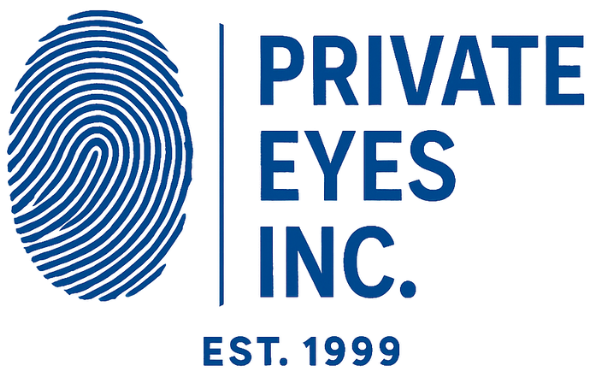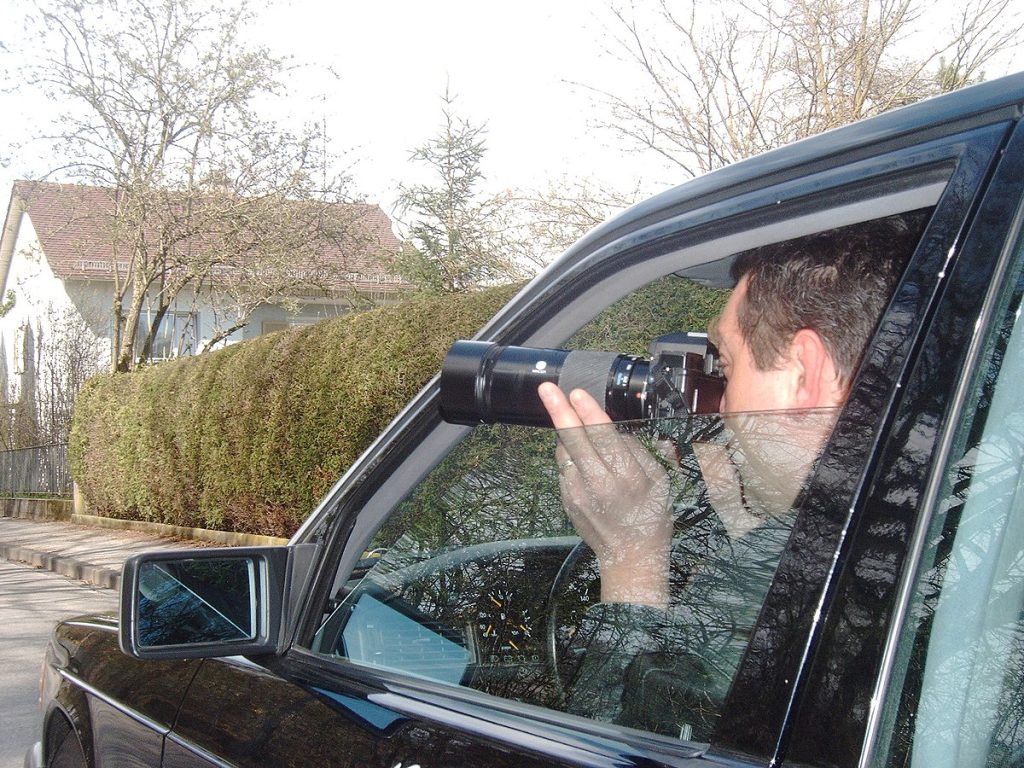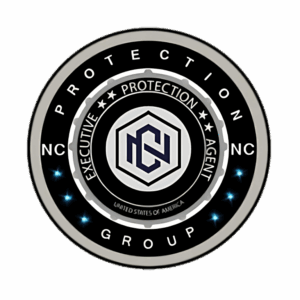
Private Eyes, Inc. specializes in asset searches and bank account searches in Raleigh, Greenville, Greensboro, Charlotte, and Asheville North Carolina.
We can find assets and find bank accounts for judgment collection, divorce, probate and court cases.
We can also locate assets for judgment enforcement, estates, pre and post litigation. We can help lawyers and consumers for all of your asset search needs.
When you need an asset investigation for any purpose, call us now for fast results 866.PRI.EYES (774.3937) to schedule an appointment and get started!
Victims of fraud routinely seek monetary compensation or retribution. This series of articles will focus on the investigative techniques used to trace assets lost to fraud. How assets are identified and located is determined by the nature of the legal proceedings, and such proceedings may create the opportunity to trace assets held by fraudsters or their third-party accomplices.
The nature of the venue where proceedings are held or where the assets to be recovered are located also have impact on the asset search. That impact may include challenges in identifying and recovering the assets, and may raise the cost of doing both. The following treatment introduces this subject and provides food for further reflection.
Tracing Assets, Hidden or Not
At the outset all aspects of the investigation should be held in strict confidence. It will be difficult enough to trace assets held by seasoned fraudsters or their accomplices, who are expert in constructing fortresses to protect the proceeds of fraud and the acquisitions made with those proceeds. If fraudsters learn of an investigation that is under way that aims to deprive them of those assets, they will certainly take steps to place the assets even further beyond the reach of investigators.
Tracing assets, whether they’re hidden or not, requires hard work, investigative perseverance and resourcefulness (as well as a little bit of luck).
The investigative process often begins even before a court of competent jurisdiction awards money or other assets to the fraud victim. An essential first step in tracing assets is to completely debrief the victims of the fraud. It is important to obtain from the victims any and all information regarding the nature of the fraud.
It is also important to obtain from the victim copies of checks, wire transfer advices or other documents that relate to the transfer of funds to the fraudster.
Also, it is essential to obtain from the victim any correspondence with the fraudster. All telephone numbers and addresses that the victim used to contact the fraudster should be recorded. This information offers a starting point in searching for the fraudster and the assets to be identified, located and ultimately recovered.
This information will be useful if surveillance or undercover operations are contemplated. It is important to learn of the victim’s current relationship with the fraudster in order to determine if the victim might provide an introduction to the fraudster if an undercover sting is contemplated. If the victim is still on reasonably good terms with the fraudster, the victim should be advised to maintain that relationship, though certainly not to give the fraudster any more money. The victim should also be cautioned not to initiate contact with the fraudster unless told to do so by the investigator.
‘Prime the Pump’
In connection with this, and in an attempt to “prime the pump,” the victim should be instructed not to disclose that investigators are now involved. Instead, the victim should ask the fraudster if he is still taking investments and if so, whether the victim could earn some consideration by referring an “investor” (undercover agent).
Public records research is always a preliminary step in identifying and locating assets. Most countries maintain public records that identify the ownership of real property, the principals of business entities, the parties to legal disputes, and other essential information that could be used in the search for assets.
Be aware that fraudsters often maintain an asset protection fortress that separates them from the ownership or control of assets. But also know that fraudsters seldom get far from their assets. There are various means to breach the asset protection fortress, but first the assets must be identified and located, and the name in which they are vested must be determined.
It is common knowledge that fraudsters frequently vest the ownership of assets in the names of close associates, family members or business entities such as trusts, foundations and corporations. Fraudsters also vest title to accounts held in financial institutions in a similar manner. Determining who has signature authority on these accounts is essential, but is not always legal or practical until judicial remedies are employed. However, in some instances, judicial remedies can be pursued before litigation is initiated.
Surveillance and covert activities are also useful tools in identifying, locating and recovering held by a seasoned fraudster who has constructed a complicated asset protection fortress. During extensive surveillance activities relating to two separate fraud cases, we were able to identify the fraudster’s proprietary interests in real property (including residential and commercial property), banking relationships and security broker relationships.
Some of these connections to the fraudster were not readily apparent from mere public records research. The real properties that we identify were in the names of individuals and business entities that we had not previously associated with the fraudster. (Pursuit Magazine)








